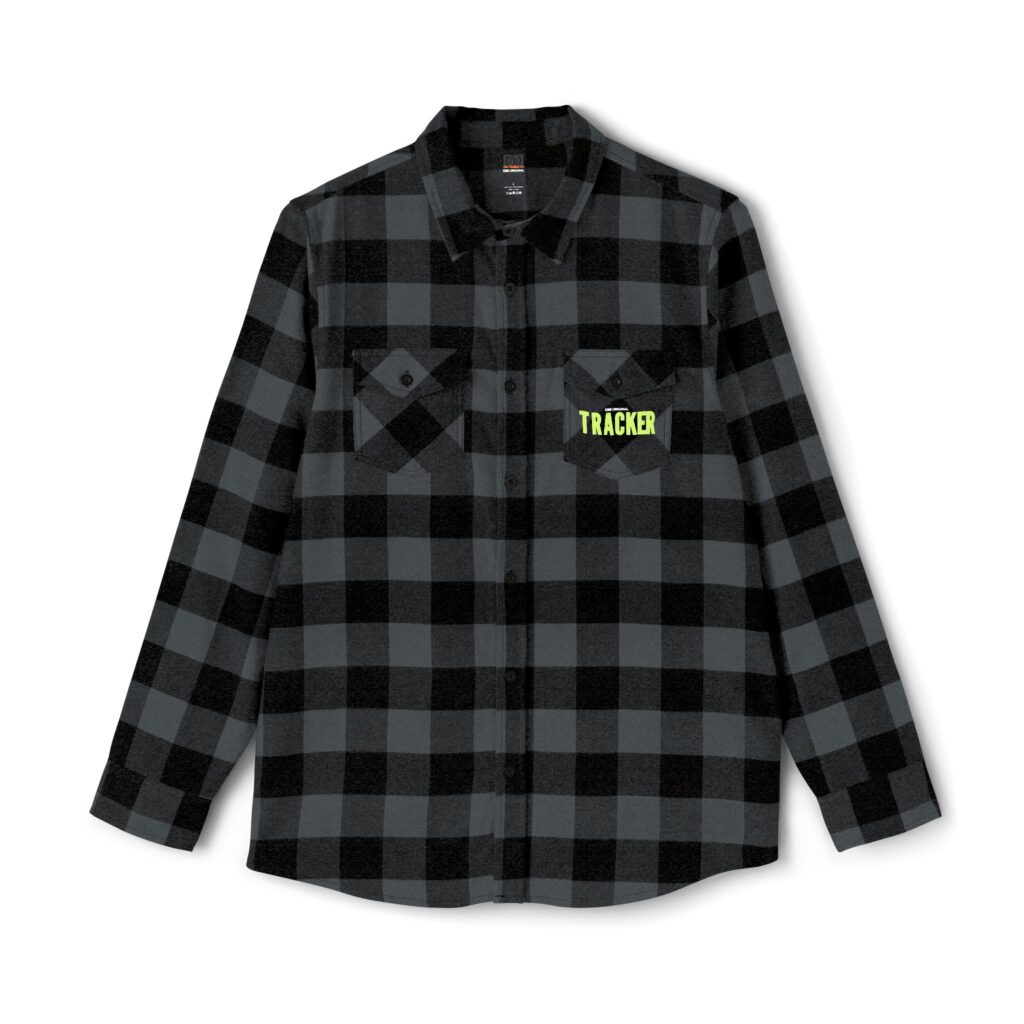The world of FBI continues to evolve, bringing both endings and fresh beginnings to the iconic CBS franchise. While the original series, now in its eighth season, remains a cornerstone of Monday night programming, the two spinoffs introduced last year, FBI: Most Wanted and FBI: International, have been officially canceled. Despite these departures, fans have reason to celebrate as a brand-new spinoff, CIA, is set to debut in early 2026, ensuring that the FBI universe is far from finished.
FBI: The Flagship Series Maintains Its Dominance
FBI, the flagship of the franchise, has successfully secured its place in CBS’s prime-time lineup, moving to Monday nights at 9 p.m. ET/8 p.m. CT for the 2025-2026 season. With an impressive three-season renewal, the show is guaranteed to run through the 2026-2027 broadcast year, solidifying its status as a network mainstay. Fans continue to follow the team’s investigations into high-stakes federal cases, enjoying the series’ blend of procedural tension and character-driven storytelling.
Introducing CIA: A Bold New Spinoff
The upcoming CIA series promises to inject fresh energy into the FBI universe. Ordered straight to series, it is scheduled to premiere on Monday, February 23, 2026, at 10 p.m. ET/9 p.m. CT, immediately following FBI. The premise centers on a dynamic “odd couple” pairing: Tom Ellis, famed for his role on Lucifer, plays a fast-talking, rule-breaking CIA case officer, while Nick Gehlfuss (Chicago Med) embodies a meticulous, by-the-book FBI agent. This pairing sets the stage for engaging chemistry, high-stakes operations, and crossover events with the parent series, much like past spinoffs have delivered.
Behind the scenes, the production of CIA has seen some shifts in showrunners and cast members, but the creative team has finalized a full roster, including Necar Zadegan as the Chief of Station. This strategic alignment aims to balance fresh storytelling with the established tone of the FBI universe, ensuring continuity for long-time fans while attracting new viewers.
Fan Gear: Bringing the FBI Experience Home
The Vending Lot continues to offer fans an array of officially licensed FBI merchandise to celebrate the franchise. From stylish apparel to practical everyday items, there’s something for every enthusiast.
Popular options include the FBI Champion Sweatshirt and T-Shirt, offering premium comfort and design, and the FBI Adidas Unisex Performance Polo, perfect for casual or active wear. For cooler days, the FBI Adidas and Unisex Fleece Crewneck Sweatshirts provide warmth without compromising style. The Organic Sparker Long Sleeve Shirt and 3/4 Sleeve Baseball Tee add eco-conscious options to the lineup, while fans can stay hydrated in style with the FBI Insulated 30oz Tumbler. Top off any look with the FBI Unisex Distressed Cap or College Hoodie, bringing iconic branding to daily wear.
Whether you’re collecting memorabilia or updating your wardrobe with official gear, The Vending Lot ensures fans can engage with the franchise beyond the screen.
Looking Ahead
As the original FBI series marches into its eighth season, the franchise faces an exciting evolution. While Most Wanted and International wrap their stories, CIA is poised to attract viewers with new characters, unique investigative dynamics, and the promise of crossover events. Fans now have the opportunity to follow the FBI universe not just on-screen, but through an extensive lineup of official merchandise from The Vending Lot, making it easier than ever to celebrate the series in style.
The upcoming premiere of CIA marks the next chapter in a franchise that has consistently captivated audiences, blending suspenseful storytelling with dynamic characters, and providing fans with a universe that continues to grow, innovate, and entertain.


 Cart is empty
Cart is empty 











































































































